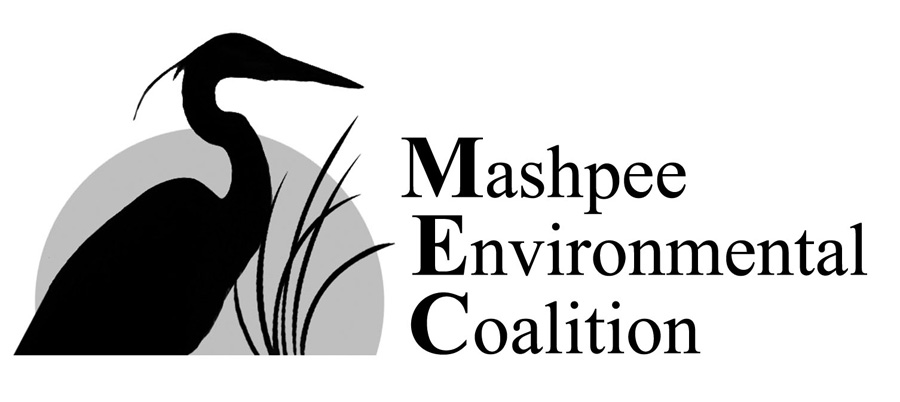An Article by Barbara Adner, Past Director and Member at Large of MEC – Published August 2017
I first became aware of the importance of bees when our son, Adam, agreed to house two beehives for a beekeeper. He lives behind a flower nursery where the bees had an abundant choice of flower pollen.
Very interesting, I thought. It got even more interesting when one day I opened the trash can and found bees in it. There were hoards of them and they were on the move over and under and inside the trash bags. It happened while Adam, the bee lover, was visiting, and he found a beekeeper who would relocate the bees for $150. My choices were to spend $150 and have the bees taken to another location, leave the lid open and hope they would fly away (they did, but returned) or leave them to their fate in the never-never land where trash is dumped. I would like to say I did the former but, truth be told, I did the latter and have worried about those bees ever since.
Much has been written about the loss of bees to pollinate plants. Butterflies, birds, bats, flies, and moths are also pollinators. As their habitats are destroyed by converting wild lands to domestic use, and as the pesticides poison the pollinators, the human food chain is diminished. Some of our agriculture is now pollinated through the aid of beekeepers who transport their beehives from crop to crop, since there are no longer enough bees and other creatures to pollinate the plants.
Cape Cod Museum of Natural History on Route 6A in Brewster has a butterfly house and a pollinator path where you can see the beautiful native flowers and learn about the need for pollinators.
Spohr Gardens on Fells Road in Falmouth is working on a three-year project to bring back the butterflies. According to Bill Kerfoot, a trustee of Spohr Gardens, once there were 30 butterflies in a census count, and there are now three. There is a tipping level where there are not enough butterfly eggs produced to continue the species. This project is similar to stocking ponds with trout to bring back the trout population. It provides a garden of milkweed and other flowers that supply nectar for the butterflies. The garden is succeeding. A neighbor told him that she saw a monarch butterfly in her garden, and there had not been monarchs before this. Spohr Gardens is open to the public. It is a beautiful place to visit and learn about the butterflies.
There is a simple solution to the loss of pollinators. If everyone on Cape Cod who has space to plant a pollinator garden would do so, it would invite the return of the butterflies and the bees. This is happening around the world. The following are some suggestions for planting a pollinator garden as suggested by the Xerces Society website and the NPGN (National Pollinator Garden Network) website.
- Eliminate the use of pesticides. There are ways to control pests using nontoxic materials. Pesticides kill the bees.
- Find a spot that has a water source and is situated in a sunny spot with windbreaks.
- Select plants that are noninvasive perennials; are from a local garden shop; and have a cone or horn shape, such as salvia, to attract different pollinators.
- Suggestions for pollinator plants are butterfly weed, cone flowers, catmint, buddleia, Russian sage, goldenrod, black-eyed Susan, and bee balm. Milkweed attracts monarch butterflies. Butterfly weed is one of my favorites. It is bright orange and looks wonderful with a monarch butterfly sitting on top of it.
- Establish continuous bloom throughout the growing season.
- Pollinator plants can be added to your vegetable garden. Cucumbers, squash and melons need to be pollinated to reproduce.
- Herbs and flowers that feed pollinators and humans: Sunflowers, mountain mint, hyssop, thyme, oregano, parsley, lavender.
The most important step in planting a pollinator garden is to eliminate the use of pesticides in the garden, on the seeds, and on the lawn. Native plants are hardy and can thrive without pesticides. Time and time again we are told that the pesticides have low toxicity only to discover the damage that occurs after they have been used for awhile.
Recently, Harvard School of Public Health wrote, “There is convincing evidence of the link between Imidacloprid and Bee Colony Collapse Disorder.” Imidacloprid is a commonly used pesticide in the neonicotinoid family. This pesticide was recently praised and said to have low toxicity. The Sustainable Living website writes that the “European Union has temporarily banned neonicotinoid pesticides because there are strong indications that these pesticides are responsible for the decline of the bee population.”
Rachel Carson, in her seminal book, “Silent Spring,” wrote about the dangers of pesticides in the 1960s. Now, more than 50 years later, despite the dire warnings of a “silent spring,” we still are told that pesticides are safe only to discover – when it is too late and the damage is done – that they are not safe. They are safe until they are not safe. How these pesticides affect human health is a worrisome subject.
Progress in bringing back what we have lost would occur if we revert to growing plants the old-fashioned way without pesticides. We have to go back to go forward. Please consider planting a pollinator garden. Native plants are hearty and can thrive without the use of pesticides. Experience with growing vegetables and flowers without using pesticides has taught me this. I hope you will try it.
We need to eliminate pesticide use so the bees, butterflies, and other pollinators will flourish and so will we.
